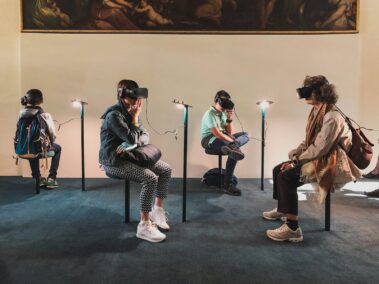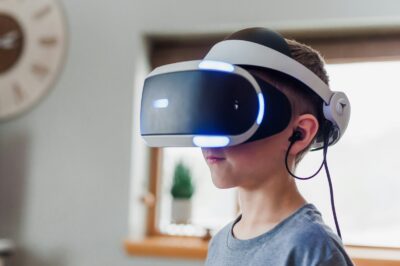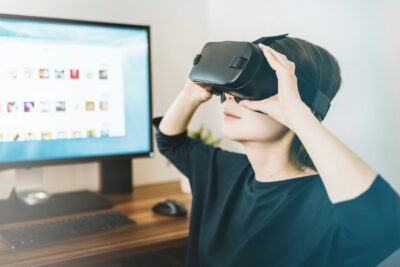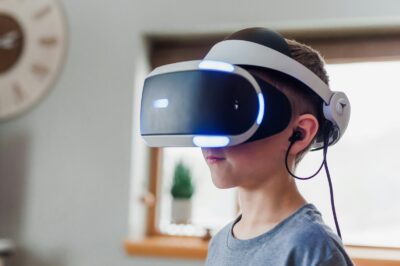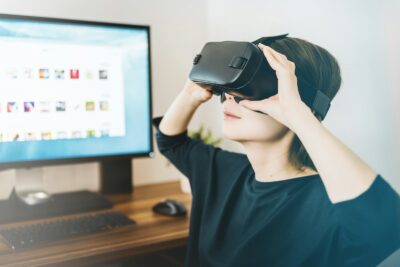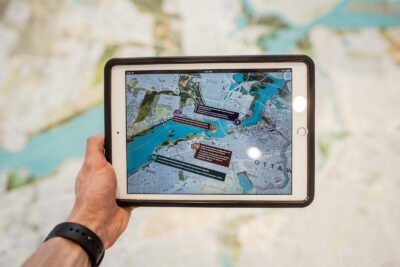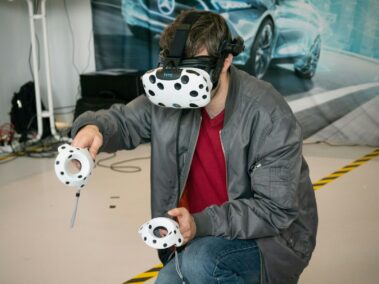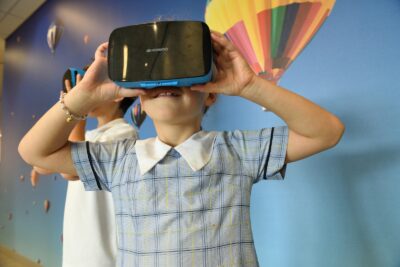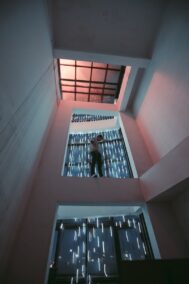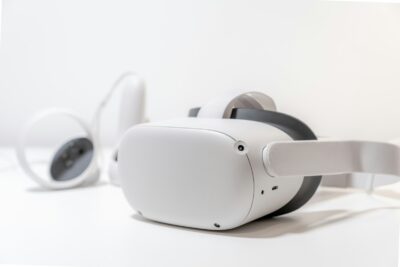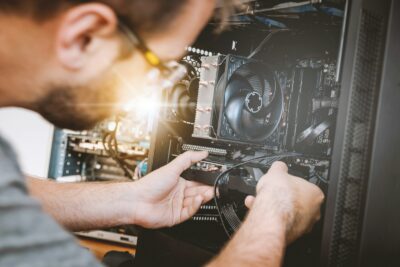Revolutionizing Education and Training
Immersive Learning Experiences
Virtual reality (VR) technology has emerged as a powerful tool for enhancing our understanding of spatial and 3D concepts. By creating immersive environments that simulate real-world scenarios, VR enables users to interact with digital content in ways that were previously impossible. In the field of education, VR has revolutionized the learning experience by providing students with hands-on opportunities to explore complex concepts in fields such as architecture, engineering, and medicine. By immersing themselves in virtual environments, students can gain a deeper understanding of spatial relationships and three-dimensional structures, leading to improved learning outcomes and retention rates.
Enhanced Visualization and Comprehension
One of the key benefits of VR is its ability to enhance visualization and comprehension of spatial and 3D concepts. Traditional learning methods often rely on two-dimensional representations, such as textbooks or diagrams, which can be challenging for students to grasp, especially when dealing with abstract or complex ideas. VR technology overcomes this limitation by allowing users to interact with digital models in three dimensions, enabling them to explore concepts from multiple perspectives and gain a more intuitive understanding of how objects and spaces relate to each other. This enhanced visualization can significantly improve comprehension and retention, making VR an invaluable tool for educators and learners alike.
Real-World Applications and Training
Beyond the classroom, VR is also being used to revolutionize training in various industries by providing realistic simulations of real-world environments and scenarios. For example, in fields such as architecture and urban planning, VR enables designers to visualize building designs and urban landscapes in three dimensions, allowing them to identify potential issues and make informed decisions before construction begins. Similarly, in healthcare, VR simulations are being used to train medical professionals in procedures such as surgery and patient care, providing a safe and immersive environment for practicing critical skills. By enabling users to experience situations firsthand, VR enhances learning and prepares individuals for real-world challenges more effectively than traditional training methods.
Breaking Down Barriers to Learning
One of the most significant advantages of VR technology is its ability to break down barriers to learning by providing access to experiences and resources that may not be available in the physical world. For example, students in remote areas or underserved communities can use VR to explore museums, historical sites, and other cultural landmarks from anywhere in the world, enriching their educational experiences and broadening their perspectives. Similarly, individuals with disabilities or special needs can benefit from VR’s immersive and customizable nature, allowing them to learn and interact with digital content in ways that suit their unique abilities and preferences.
Empowering Creativity and Innovation
In addition to its educational and training applications, VR technology also holds tremendous potential for fostering creativity and innovation. By providing users with the tools to create and manipulate virtual environments, VR empowers individuals to bring their ideas to life in ways that were previously unimaginable. Whether it’s designing a new product, prototyping an architectural project, or conceptualizing a work of art, VR offers a sandbox for experimentation and exploration, allowing users to push the boundaries of what is possible and unleash their creativity in unprecedented ways. As VR technology continues to evolve, the possibilities for innovation are limitless, promising to shape the future of education, training, and beyond.
Joining the Virtual Revolution
In conclusion, virtual reality technology is transforming the way we understand spatial and 3D concepts, offering immersive learning experiences that enhance visualization, comprehension, and retention. From classrooms to corporate training programs, VR is revolutionizing education and training by providing users with hands-on opportunities to explore and interact with digital content in three dimensions. As VR technology continues to advance and become more accessible, it has the potential to unlock new possibilities for learning, creativity, and innovation, empowering individuals to reach new heights of knowledge and achievement in the digital age.
#VirtualReality #SpatialConcepts #3DConcepts #Education #Training #ImmersiveLearning #Visualization #Innovation #Creativity


